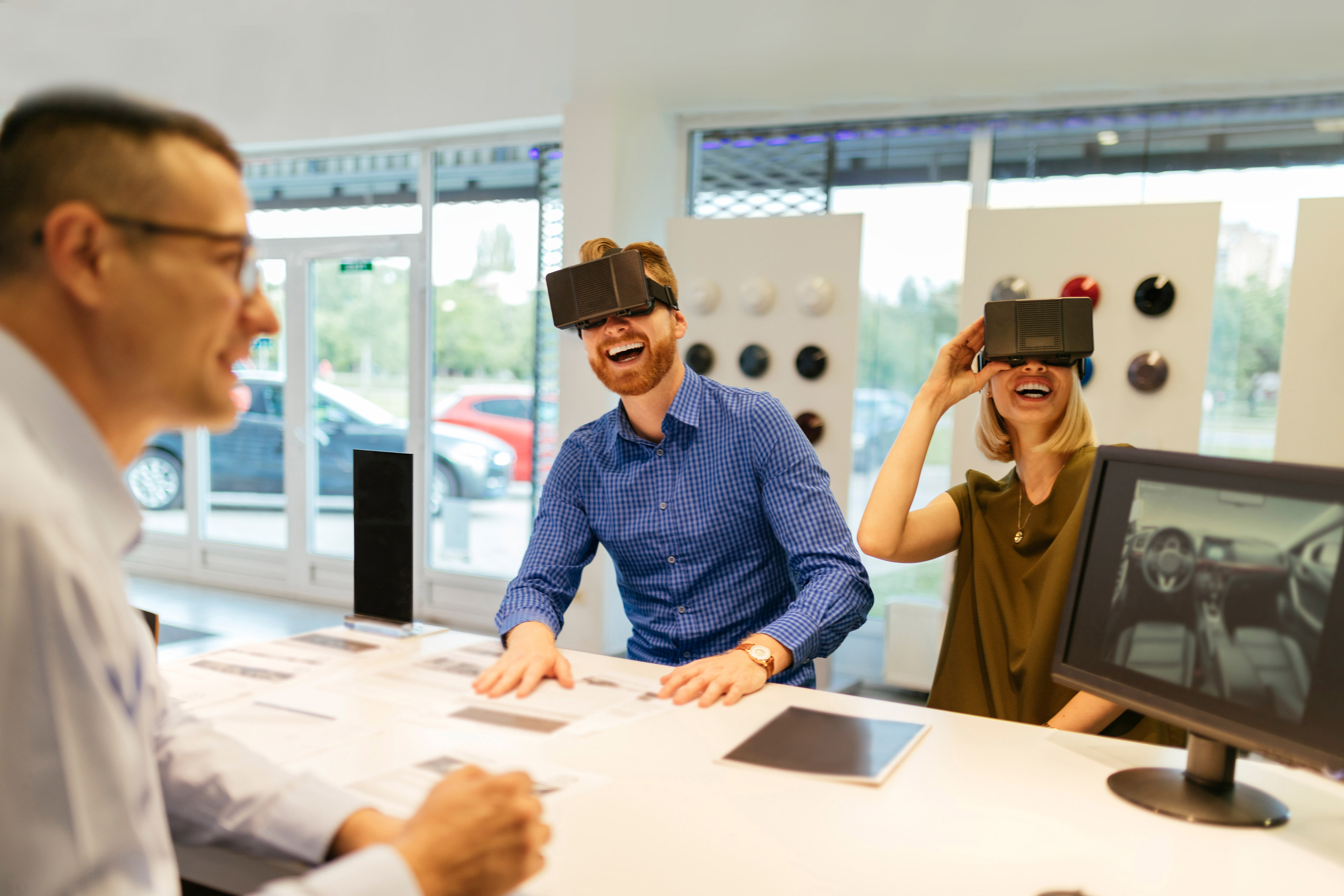Key takeaways:
- New sales models must facilitate seamless omnichannel experiences. They need to allow customers to easily experience vehicles and switch from physical to digital for other steps of the purchasing journey at their convenience, independent of who owns the respective channel.
- OEMs need to be transparent with their dealer partners. Bring them along the transformation journey, by working collaboratively to evolve a mutually beneficial economic structure and provide them assurance that they will continue to be the face of the brand in local markets. At the same time, dealers must be open to change and actively engage OEMs to meet or exceed customer expectations.
- There will not be a sudden change to a completely new way of doing business. We are entering a journey of continuous change with many iterations and changes along the way, driven by vehicle technologies, shifts in customer behavior and evolving regulatory environments.
Dealerships have served as the foundation of the automotive industry since its beginning. Entrepreneurs have forged lucrative brands selling and servicing vehicles and establishing themselves as economic pillars of the communities they serve. They made it possible for automakers to reach the masses, distributing financial risk, connecting with consumers on a more personal level and building brand loyalty.
But the world is changing. Digital technology is empowering consumers and altering the dynamics of the vehicle-buying experience. Consumers now arrive at the dealership armed with much more information, and often with the intent of doing nothing more than test-driving and experiencing a vehicle firsthand, and then returning home to complete their purchase. A growing number of consumers are bypassing the dealership altogether in favor of one of the D2C digital platforms that has emerged in recent years. Consistent with other product segments that have gone digital, the percentage of vehicles purchased online is expected to continue to expand. The latest EY Mobility Consumer Index (MCI) indicates that up to two-thirds of all car buyers now use digital channels (apps, websites and social media) to gather information about their prospective purchases.¹
Vehicles also continue to evolve. As EVs gain traction in the market, and are increasingly connected, there will continue to be a proliferation of new products and services available to consumers. EVs are of particular interest to digital car buyers. The MCI found that 71% of all EV buyers rely on digital means to make their purchase. These new products and services, the growth of alternative buying options, and other changes to the existing automotive retail model will further complicate the relationship between the consumer, dealers and OEMs. It’s a relationship that will be increasingly lucrative for dealers and OEMs, but will also require a different and evolving level of service.
These shifts are having a ripple effect on the automotive industry, which has invested a great deal in building the current retail ecosystem of dealerships, OEMs, lenders and a litany of various services that work through this model. The result of these shifts will be financial and operational transformations to meet the demands of next-generation vehicles and consumers, evolving consumer expectations, and allocation of capital across evolving profit pools. The door has been opened to transformative change, but what will it ultimately look like? The challenge for retail industry players is to have a good understanding of how their business functions, the opportunities that could be created by moving to a new model and what the best strategy is to move toward achieving a successful outcome.
Consumer expectations are driving change
OEMs have always been intrigued by the opportunity to build a more robust D2C sales model and gain a more direct relationship with customers. But they have been flummoxed in how to do so with limited digital tools and the legally restrictive US franchise laws. There is also the fact that customer data is owned by the dealers. Now, however, OEMs have a new motivation to consider changing their business model.
In the digital age, it’s much easier to quickly establish brand awareness and potentially cut into the previously defensible market share held by legacy OEMs. The flood of new OEMs that have emerged in recent years are betting on just that, despite the lack of an established network of dealers at the ready to help sell and service their vehicles. While they are still somewhat constrained by the franchise laws of each individual state, the D2C digital mediums provide immediate sales scalability. The lack of dedicated physical space is a concern, however. Building out a network to service those vehicles is not as easily scalable, and often these OEMs are stitching together a patchwork of partners to provide service for their vehicles.
For legacy OEMs, US franchise law is a significant constraint on their ability to make significant changes to either their sales or service model. While dealers generally recognize the need to transform the customer experience and are willing to experiment with new tools, they are reluctant to cede control of the customer relationship, viewing this as an increasingly slippery slope.
Vehicles are a particularly personal and complex purchase. On the personal front, the purchase is impacted by many factors: some practical such as how easy it is to load and unload children and some unpractical such as top speed. In terms of complexity, there are a growing number of options on vehicles and the easy substitution of used vehicles makes for a unique SKU environment that is seemingly unmatched in the retail world.
New tools need to work seamlessly across the customer journey, allowing for consumers to have easy “on-ramps and off-ramps” between the digital and physical experience. Processes and operating models across the journey also need to be restructured to align with evolving customer expectations. An example of this might be rather than turning a customer over to a finance and insurance (F&I) manager when they finish a test drive and decide to go ahead with their purchase, just hand them a tablet and allow them to complete the transaction, picking up where they had left off at home.






